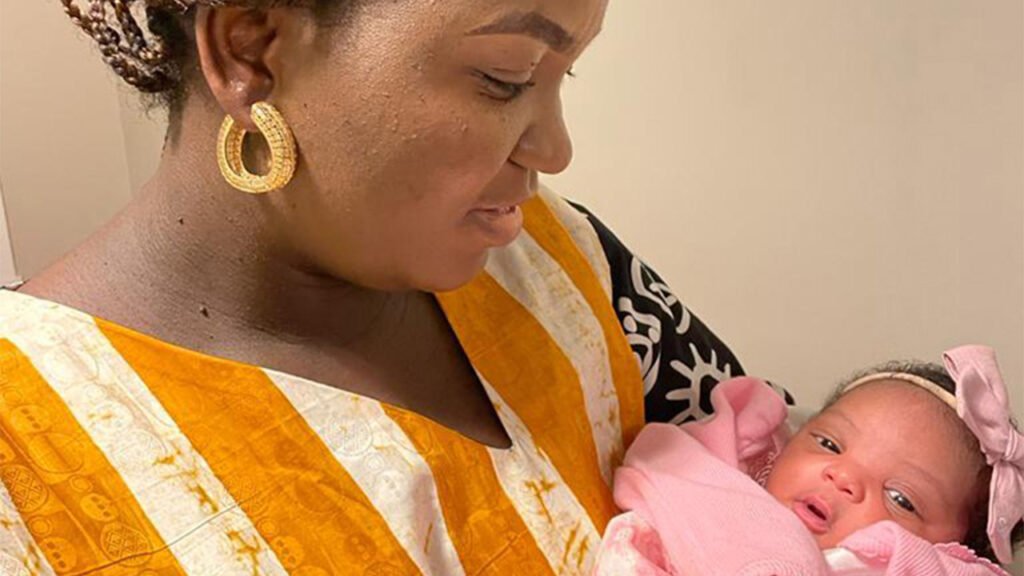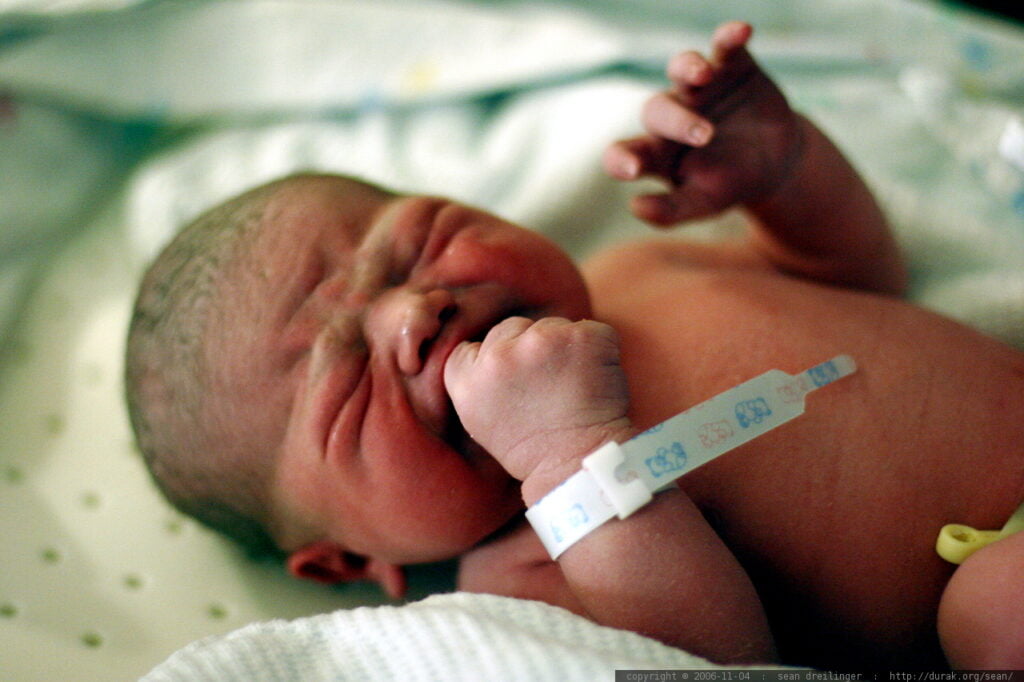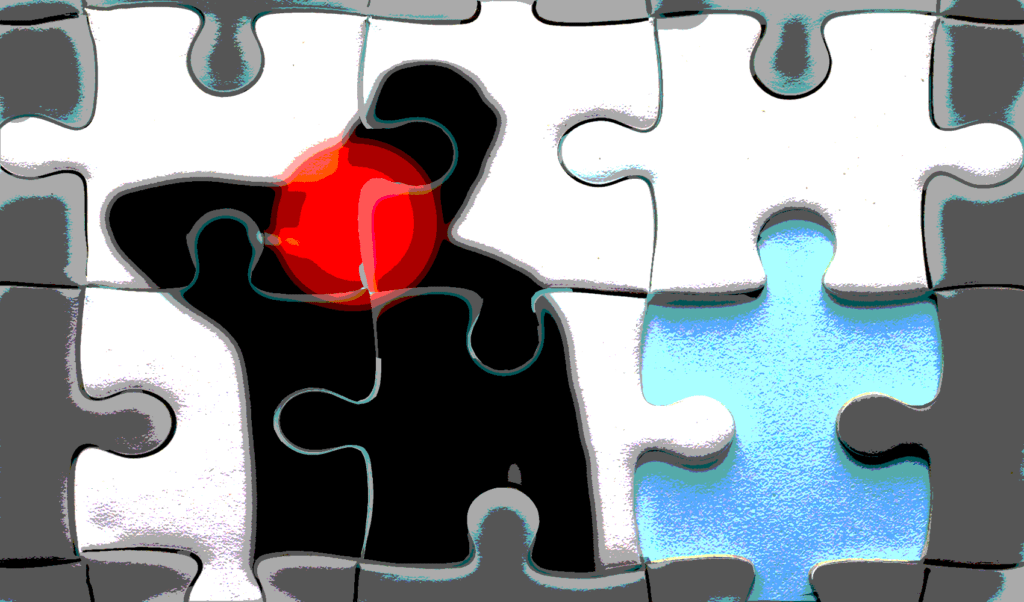With scans often showing no damage to people with bad backs, doctors were forced to rethink how they approach pain.
 Back pain is one of the most common forms of pain, and has spawned a trail of myths for treatment : Sukhjinder CC0
Back pain is one of the most common forms of pain, and has spawned a trail of myths for treatment : Sukhjinder CC0
With scans often showing no damage to people with bad backs, doctors were forced to rethink how they approach pain.
When we experience a sudden pain it is natural to look for the cause and eliminate it. If the pain was triggered by a thorn in our foot, we’d simply remove it. If the pain persists for longer, we might take a paracetamol, or use an ice-pack. Usually, such methods work. But sometimes the pain does not go away. When the pain persists for more than three months, it is called chronic pain, and the story becomes more complicated.
Around 20 percent of adults experience some form of chronic pain. For many, it can be disabling and distressing. Chronic pain is rarely relieved by painkillers (analgesics) or surgery — although that doesn’t stop people trying these options.
When any pain persists, it is important to have a thorough medical examination to identify or rule out specific causes that might be treatable or manageable. Some kinds of chronic pain can be due to an underlying disease or condition, like arthritis or a tumour.
But in other chronic pains, like most back pain, no specific physical cause can be identified. Even if degenerative changes are found in spinal scans, these may not be the cause of the pain: many studies have found people with spinal changes who are not in pain, while other people with back pain may have no spinal changes.
Not surprisingly, many people with chronic pain find it hard to believe that modern medicine and surgery cannot fix their pain. They often report a sense of bewilderment and of being let down by their health professionals. Many even describe feeling stigmatised; they say it’s almost as if they are being blamed for still being in pain despite all the treatments.
People in chronic pain have not been the only ones puzzled by their persisting pain. In 1982, a US neurosurgeon, Dr John Loeser, at the University of Washington in Seattle described becoming increasingly frustrated by his failure, as a surgeon, to reliably relieve his patients’ back pain.
In his efforts to understand where he was going wrong, Dr Loeser came to realise that the answer to back pain did not lie in the back. The result of his investigations and discussions with colleagues became known as the “biopsychosocial model of pain”. This says that persisting pain is the result of a dynamic interaction between psychological, social, and biological factors. In other words, for most people with chronic back pain, continuing investigations of the back won’t help.
Treatments aimed solely at the presumed biological, or ‘pathophysiological’, problem are unlikely to be sufficient. Instead, Loeser (and others) realised they needed to get a better understanding of how factors outside the back (or wherever the chronic pain was felt) might be contributing to each patient’s pain problems and to incorporate them in any treatment plan.
In the 40 years since 1982, researchers from many countries have confirmed that scans or physical examination often bear little or no relationship to the experience and impact of pain reported by patients. Even when there is evidence of injured or sensitive tissue, there is often considerable variation between patients on the impact of such changes.
At the same time, evidence has grown that psychological processes, such as attention, beliefs about the pain, and the person’s current mood, as well as behaviour patterns (for example, avoiding activities expected to be painful) can also contribute to the experience and impact of pain.
The same is true for the social context. For example, just having a workers compensation claim for injury has been associated with worse outcomes from surgery than not having an insurance claim. This doesn’t mean people with an insurance claim are feigning their injury; it may reflect the fact that they face different pressures and demands compared to people without insurance claims. Another review of low back pain studies found that level of education and socioeconomic status can affect the experience and impact of pain.
Unlike the simple situation of extracting a thorn from a patient’s foot to relieve that pain, treatments for people where a range of biological, psychological and social factors are thought to be contributing to the person’s pain must attempt to address these contributors as much as possible. Failure to do so, risks perpetuating the kinds of failures that so frustrated Dr Loeser.
Given this analysis, social interventions should be part of helping injured workers with back pain to return to work. Indeed, a study in the Australian state of Victoria in the late 1990s found that an advertising campaign (called “Back Pain; don’t take it lying down”) to promote return to work despite persisting back pain, combined with management by their doctor, was more effective in reducing time off work and changing beliefs about back pain in comparison to the neighbouring state of NSW where no such advertising was provided. Importantly, the Victorian campaign was conducted with the support of that state’s workers compensation authority, as well as by employer groups and medical associations.
Another Australian study has shown that treatment that addressed identified psychological and social risks for delayed recovery in injured workers, alongside the standard medical and physiotherapy management, was more effective in reducing lost time from work than usual medical care.
We have come a long way from Dr Loeser’s frustrations. We now know that more comprehensive approaches that address biological, psychological and social contributors to persisting pain are more effective than treatments that target just the painful parts of the body. The painful part now is implementing a biopsychosocial approach in a health system that still tends to prioritise biology.
Professor Michael Nicholas is a Clinical Psychologist and the Director of Pain Education at Sydney Medical School (Northern) at the Royal North Shore Hospital, Sydney. He declares no conflict of interest.
Originally published under Creative Commons by 360info™.













